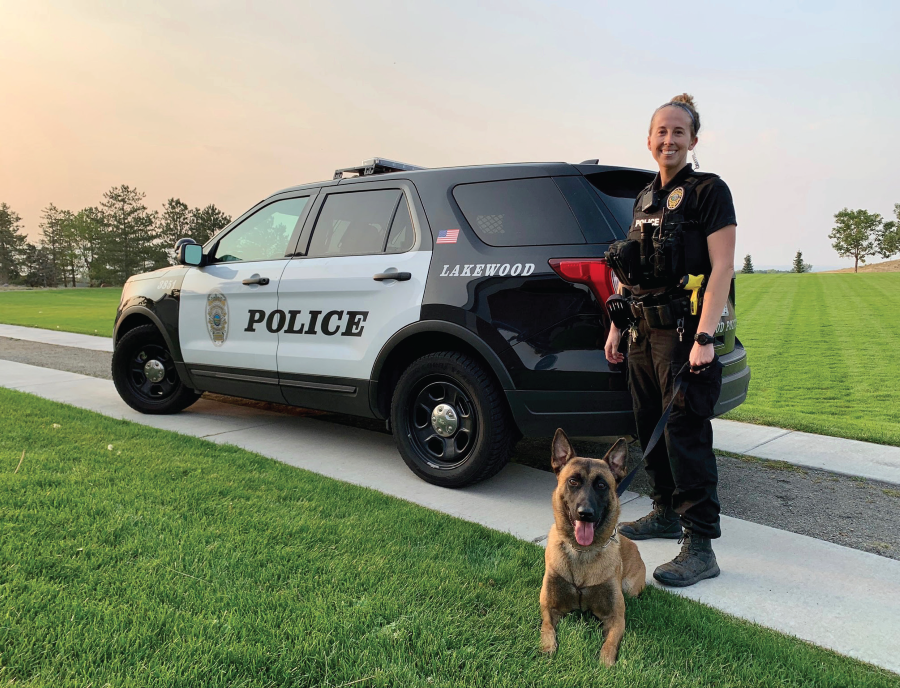Serving Those Who Serve
Caring for Working Dogs Offers Unique Challenges and Rewards
by Jen Reeder
As a police dog, K9 Loki faces dangerous scenarios and working conditions on the job. The three-year-old Belgian Malinois knows how to search for suspects—and apprehend them. He might run after perpetrators on roadways and through parking lots and fields or track down evidence like guns or narcotics.
Loki’s handler, Agent Shelby Wright of the Lakewood Police Department in Lakewood, Colorado, said her partner was bred and trained to “sit” and “bite” in The Netherlands, and then she took over his training when they teamed up in April of 2020.
|
|
AAHA Working Dog Guidelines |
|---|---|
| Learn more about working dogs with the 2021 AAHA Working, Assistance, and Therapy Dog Guidelines. Find them at aaha.org/workingdog. | |
Recently, two suspects stole a car, then crashed it. As they fled, one of them stashed his football jersey in a piece of construction equipment. Police established a perimeter and arrested the men, and Loki searched for and alerted on the jersey—a valuable piece of evidence.
“He’s learned very fast. I got very lucky with him,” she said. “These K9s are huge assets.”
Dogs like Loki are obviously more than simply pets, with specialized training to help perform tasks for humans. In all, there are three types of working and service dogs, according to the 2021 AAHA Working, Assistance, and Therapy Dog Guidelines.
Working dogs, also categorized as detection or protection animals, are highly trained to accomplish specific tasks. These dogs include police K9s; search and rescue dogs who locate missing people or human remains; and narcotics, wildlife, and arson detection dogs.
Assistance dogs are also formally trained animals that include diabetic and seizure alert dogs; dogs working with people in courthouses, mental health offices, and other facilities; guide dogs for people who are blind; and emotional support dogs.
Therapy dogs are known as “happiness delivery” animals and can include dogs that visit hospitals and generally spread good feelings by their presence. These dogs are not formally trained but are usually good-natured and obedient.
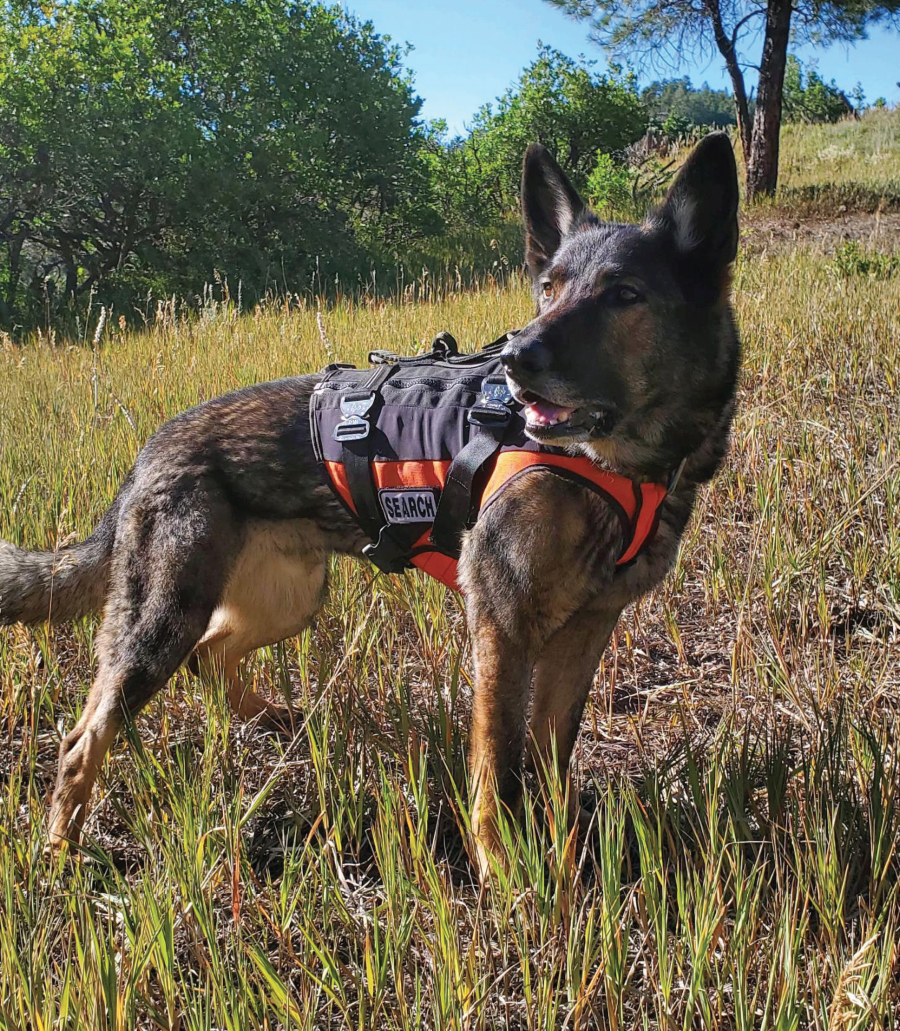
“Our goal is to keep them happy and healthy so that they can do their jobs to the fullest potential.”
—STACY MEOLA, DVM
Though their work greatly differs, these service dogs share a common trait. As the 2021 AAHA Working, Assistance, and Therapy Dog Guidelines note, “Because working dogs have a particularly close relationship with their handlers, a trust relationship between the practice team and the working-dog client is imperative.”
To that end, it is helpful to keep the working dog and handler together whenever possible. Agent Wright and other K9 handlers visited numerous veterinary hospitals in the metro Denver area to find a practice to trust with the care of the canine officers.
“I feel like the most important question we asked was, ‘If my dog gets injured, am I able to go in the back with them?’ Those who don’t have experience with police K9s don’t quite understand the bond that we have with them and how much more comfortable they are with us being back there with them,” she said.
Some facilities refused that request, but AAHA-accredited Wheat Ridge Animal Hospital in Wheat Ridge, Colorado, not only honors it but also recently hosted a training event for handlers from several regional police departments to teach stabilization techniques should a K9 be shot or otherwise injured in the field.
Stacy Meola, DVM, MS, DACVECC, staff criticalist and associate medical director at Wheat Ridge Animal Hospital, spent three hours training the officers how to manage a gunshot wound in their dog, how to stabilize their dog for a fracture or an injury, what to do for an intoxication if they eat something harmful or are injected with a narcotic by a perpetrator, and which medications and items to keep in their first aid kits. (Agent Wright added a second dose of Narcan to her own kit as a result.)
“And they know they can call us at any point because we’re staffed 24 hours a day,” Meola said. “Because we have a veterinary-client-patient relationship with these canine officers, my doctors know that they are advised to give as much medical advice as they can, which can include treatment to get these officers stabilized before they can get to our hospital to be seen.”
Involving handlers for exams and treatment is important since police dogs trained in apprehension can be uncooperative. Some, like Loki, understand commands in several languages. Sometimes, special handling or sedation is necessary.
“Our goal is to keep them happy and healthy so that they can do their jobs to the fullest potential,” Meola said.
Inspiration and Motivation
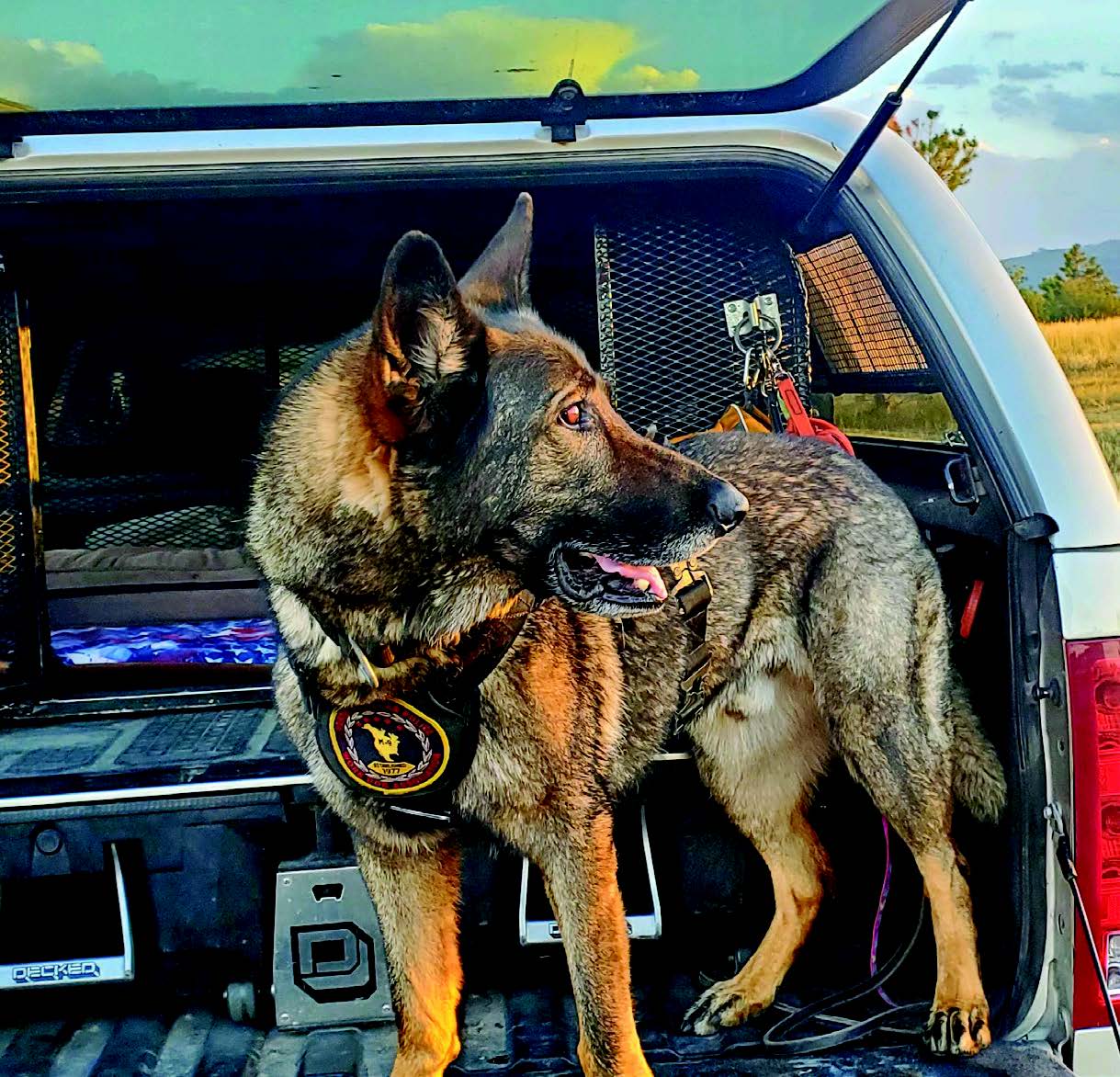 When police K9 units are underfunded, animal hospitals can play a vital role in providing care. Mark Thompson, DVM and owner of AAHA-accredited Country Hills Pet Hospital in Eden, Wisconsin, which was the 2018 AAHA-accredited Practice of the Year, said his practice sponsors the canine unit for the local police department with free vaccinations, heartworm and tick screenings, routine blood work, and other preventive care. He noted that in addition to police dogs, the practice works with service dogs for people with disabilities.
When police K9 units are underfunded, animal hospitals can play a vital role in providing care. Mark Thompson, DVM and owner of AAHA-accredited Country Hills Pet Hospital in Eden, Wisconsin, which was the 2018 AAHA-accredited Practice of the Year, said his practice sponsors the canine unit for the local police department with free vaccinations, heartworm and tick screenings, routine blood work, and other preventive care. He noted that in addition to police dogs, the practice works with service dogs for people with disabilities.
“Working with service dogs is not just giving them free service,” he said. “You have to work with the handler and make sure you’re doing everything correctly with their training.”
Sometimes handlers of service dogs are not responsible for their veterinary care, so the team communicates with the nonprofit organization that trained the dog.
“The company that provides the service dog is making those assessments,” he said. “I’m thinking of one case in particular where the owner needed a service dog and she wasn’t mentally competent to make decisions. So we work through all of that.”
Typically, a nonprofit will reach out to the practice before the first visit to ask whether they are willing to see the client. “Absolutely we’re willing to provide that kind of service,” Thompson said.
The entire staff knows never to touch any animal in a vest or harness. One entire family of clients is deaf and have emotional support animals. “You can’t just go up and grab them and play with them like you would a regular puppy or kitten,” he noted.
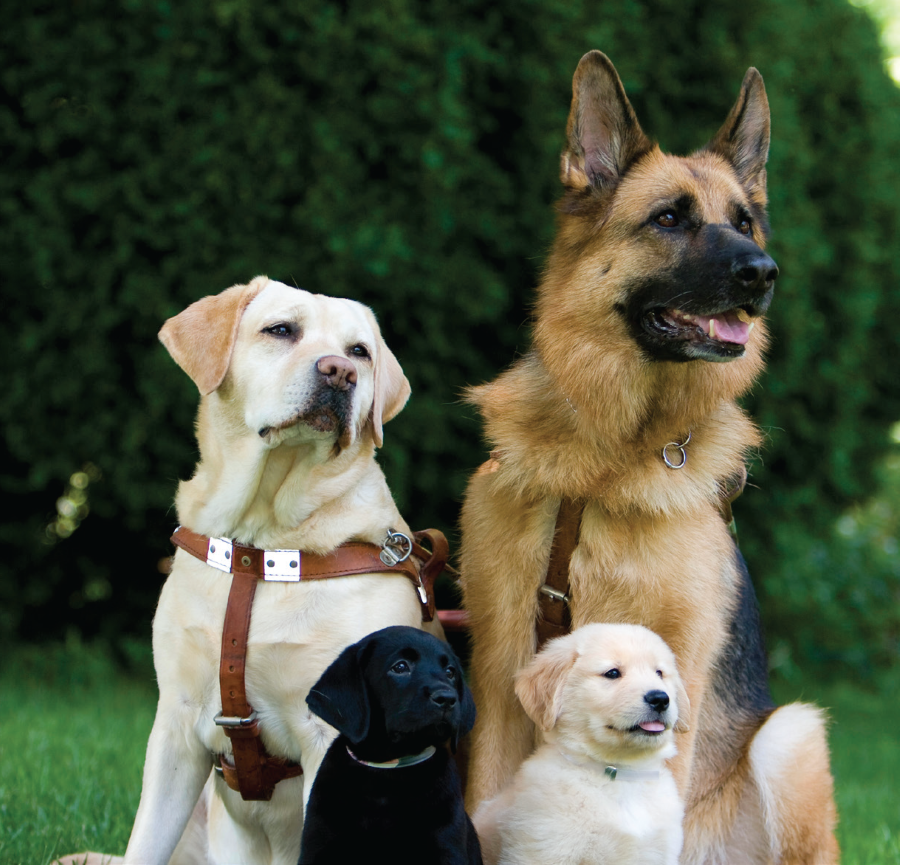 Thompson said supporting working dogs is a terrific way for community-service minded practices to give back. He’s attended a funeral for an active-duty police dog and several retirement ceremonies in which the police department thanked the veterinary team, but he emphasized that the practice doesn’t treat working dogs for special recognition.
Thompson said supporting working dogs is a terrific way for community-service minded practices to give back. He’s attended a funeral for an active-duty police dog and several retirement ceremonies in which the police department thanked the veterinary team, but he emphasized that the practice doesn’t treat working dogs for special recognition.
“I don’t think this is something that you do for publicity or for notoriety, because you’re not going to get famous or rich doing that kind of thing,” he said. “You do it because it’s the right thing to do.”
Doing the right thing can motivate and inspire veterinary staff. John Silbernagel, DVM, DACVS, president of AAHA-accredited Madison Veterinary Specialists in Madison, Wisconsin, said his team feels good about donations and discounts the practice offers to the nonprofit OccuPaws Guide Dog Association, local rescue organizations, and police K9s.
Of course, saving lives—and careers—is immensely rewarding as well. The breeding and training of working dogs often costs around $50,000, so helping a dog keep working can save an organization a significant investment of time and money.
In one case, a police K9 was referred to the practice for a tumor alongside his anus, which could have been career ending. An exam revealed it was actually an enormous hernia and a pouch packed with stool.
“All we needed to do was clean all the stool out of this huge rectal sacculation and then do a parallel hernia repair,” Silbernagel recalled. “After he was healed up, he was able to go back to work.”
Preventive Care and Considerations
The Morristown, New Jersey campus of the nonprofit guide dog organization The Seeing Eye is home to AAHA-accredited Vincent A. Stabile Canine Health Center, which cares for guide dog puppies in training as well as working guides in the region.
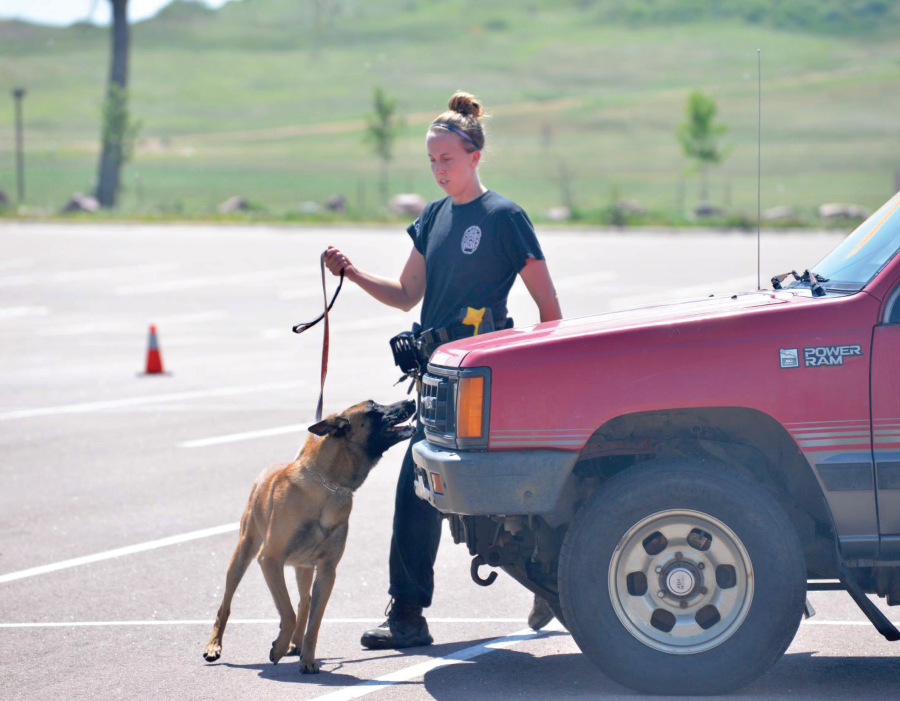
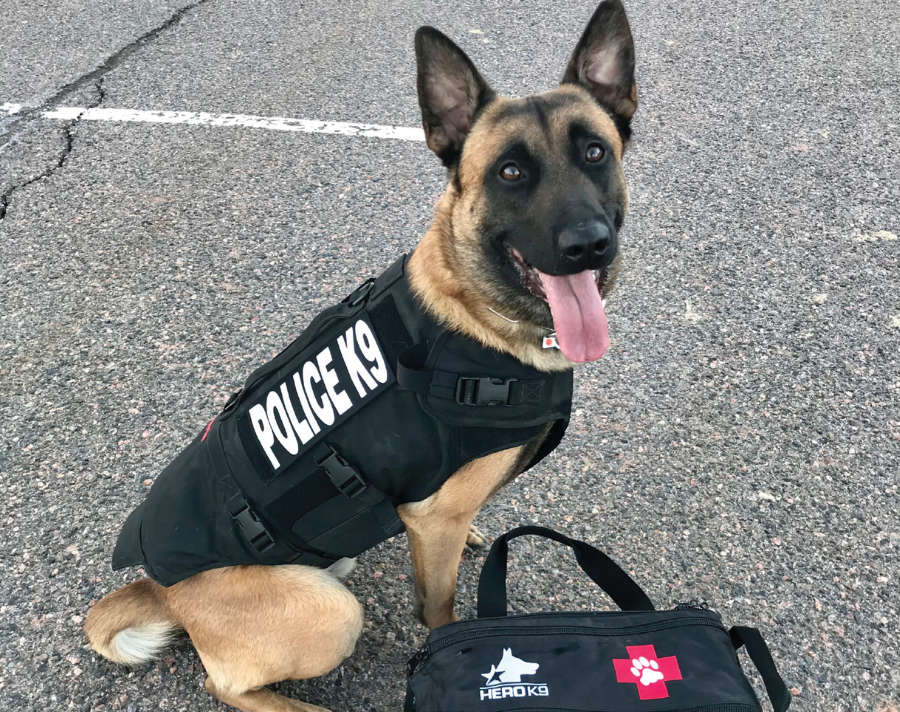
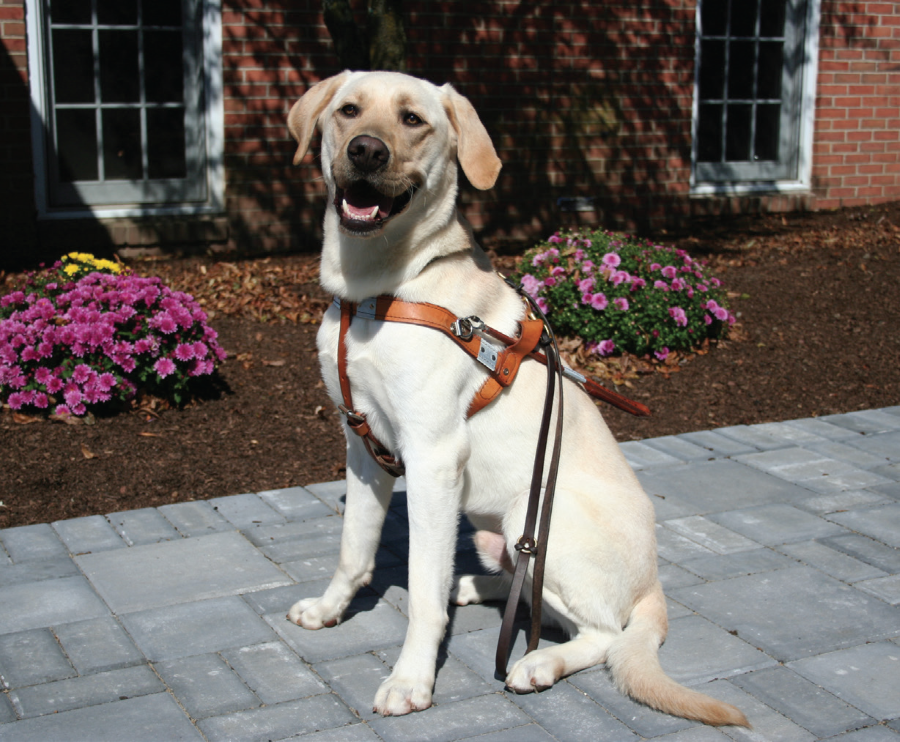
Dolores Holle, VMD, director of canine medicine and surgery at The Seeing Eye, stresses preventive care to handlers and encourages general practice veterinarians to refer dogs with any eye issues to veterinary ophthalmologists since vision is crucial to guide dogs. She noted the American College of Veterinary Ophthalmologists usually offers complimentary screening eye exams to service dogs during the month of May, though it was postponed during the pandemic (a decision for 2022 is anticipated in January).
Veterinarians should contact the guide dog school with any health updates and questions, she said. Some treatable diseases, such as Addison’s disease, still might end a guide dog’s career.
“Addison’s can be treated, but usually in times of high stress the medication is altered, for example if the dog is going to be kenneled,” Holle explained. “But in a situation where you have a guide dog, you can’t adjust the medication because you can’t anticipate when somebody might take a right turn on red without looking to their right and go careening into an intersection that a guide dog team is already in the middle of—the dog needs to be able to respond to that.”
Any medications that can affect a dog’s mentation are potentially problematic, such as antihistamines that could make them sleepy. In that case, avoid prescribing antihistamines or make sure the handler will be observed the whole time the dog is trying the medication in case they’re not at the top of their game, she advised.
Communication is key to working with handlers with visual deficits. Rather than saying “I’m taking your dog,” offer “The exam room is to the left about ten feet away. Would you like any assistance getting there?” The person might say “Yes, we’d like to follow you” and cue the dog to follow, or “Yes, I’ll go sighted guide. Might I have your elbow?”
Holle also suggests:
- Never touch the dog or call the dog by name when the dog is in harness. (And don’t offer treats!)
- Speak to the handler, not the dog.
- Don’t ask a guide dog in harness to jump onto an exam table.
- Remove the harness for the exam—with permission from the handler.
- If possible, direct the guide dog team to an exam room as soon as possible to avoid pet dogs trying to play with the working dog in the waiting area.
- Describe what you’re doing during the exam. (Example: “Now I’m feeling his lymph nodes.”)
- If there is home treatment involved, demonstrate how to clean a wound, etc., before they leave the practice.
- Ear and eye drops can be challenging—ask if it’s something that can be done or avoid altogether.
- Suggest the handler record the conversation on a memo app so you can note things like, “The ear cleaner is in the large bottle. The small bottle contains such-and-such” to differentiate medications.
- Recommend referral to a specialist if it will expedite resolution of an issue; guide dog teams should be together as much as possible.
Specialists in orthopedics are often invaluable to working dogs given the physical demands of their jobs. Hannah McLean, DVM, DACVSMR, CCRP, and director of regenerative medicine, rehabilitation, and sports medicine at AAHA-accredited Saint Francis Veterinary Center in Woolwich Township, New Jersey, the 2019 AAHA-accredited Practice of the Year, said about 70 active and retired police dogs, TSA dogs, and National Security Agency dogs participate in the practice’s K9 Heroes Total Health Program.
The program offers discounted services and at-cost preventive medicines, as well as unlimited access to McLean’s services. The dogs grow accustomed to seeing the same veterinarian at every visit, and some even act excited for their underwater treadmill conditioning.
She noted that cardiovascular fitness is required for apprehension dogs as well as narcotics and explosives detection dogs. “You can’t sniff if you’re panting, so they have to be very fit,” McLean said. “And if they need their nose, we more heavily rely on nutrition. Their weight, what they eat, what medications they’re on—these all affect their olfaction.”
She’s been able to help several dogs stay on the force, including a police dog named Deca who was still in training when he took a spill off a culvert and broke his carpal bone. After cast removal, McClean and her team helped Deca regain full range of motion of his carpus. “He’s out on the streets keeping his handler and his community safe,” she said.
Naturally, the gratitude of handlers for their veterinary teams in immense. Colorado resident Rae Randolph volunteers as a search and rescue and forensic detection dog handler. Her German shepherd, Oso, became sick after locating a decomposing body in contaminated water, and the team at AAHA-accredited Riverview Animal Hospital in Durango, Colorado, nursed him back to health—one of many heroic saves.
“My own family wouldn’t have done as much as they all did for him,” she said. “It was incredible.”
 |
Award-winning journalist Jen Reeder is incredibly grateful that Stacy Meola, DVM, and the team at AAHA-accredited Wheat Ridge Animal Hospital saved the life of her retired therapy dog, Rio. |
Photo credits: Photo of Loki and Agent Shelby Wright courtesy of Agent K. Winters; Photo of Oso courtesy of Rae Randolph; Photo of Oso (top) courtesy of Rae Randolph; photo of The Seeing Eye puppies and guides (bottom) courtesy of The Seeing Eye; Photo of Loki (top) courtesy of Kristen Miller; photo Loki (middle) courtesy of Shelby Wright; photo of lab in his Seeing Eye harness (bottom) courtesy of The Seeing Eye




